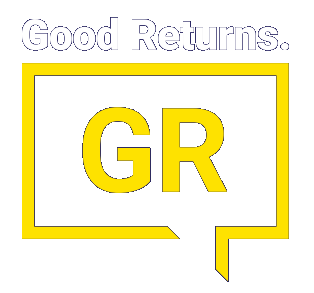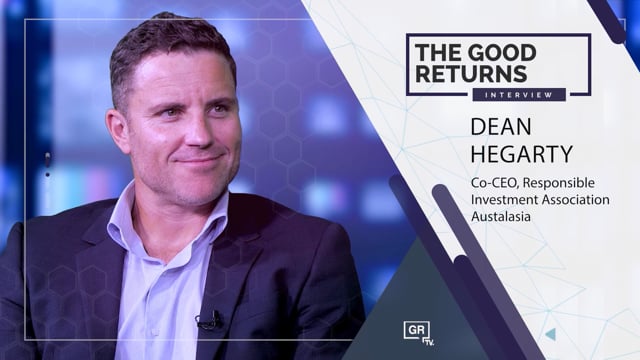Early days, but NZ Super's machine-learning fund outperforms
The New Zealand Superannuation Fund’s new machine-learning portfolio of New Zealand shares has exceeded expectations and managed to outperform its internally and actively managed NZ equities portfolio.
Friday, February 7th 2025, 9:55AM
by Jenny Ruth
The New Zealand Superannuation Fund’s new machine-learning portfolio of New Zealand shares has exceeded expectations and managed to outperform its internally and actively managed NZ equities portfolio.
It is early days, with the machine-learning fund only about two years old and NZ Super having a very long-term perspective, but it is growing in confidence about the strategy’s usefulness, says NZ equities director Joe Halapua.
The portfolio began small but its allocation is growing and is currently capped at $250 million. To put that in context, the total NZ equities portfolio was valued at $2.91 billion at June 30 last year.
It is one of four NZ equities portfolios with the others being an internally managed passive portfolio, an internally managed active portfolio and the portfolio externally managed by Mint Asset Management which was valued at $717 million at June 30.
“From our perspective, it adds a second style to how we invest actively internally,” Halapua says. “We see it as a complementary way of investing alongside our actively managed equities.”
Nicknamed Keorangi, the portfolio takes a quantitative statistics and data-based approach as distinct from the more qualitative style of the actively managed portfolio, which focuses on fundamental investment qualities and involves human judgement.
“It’s quite methodical and systematic.”
Keorangi uses the historical relationships between different variables, such as price-to-earnings ratios, return on equity and return on assets, to estimate what that means for expected returns, Halapua says.
“It’s quite uncomfortable as an individual investment professional – we like to believe that we add some value.”
“I can’t see a world where you would rely on a single strategy. From a human perspective, the NZ market relative to global markets is inefficient. It’s a market that we do know well,”
Keorangi has set parameters governing how much money it can allocate to individual stocks and it doesn’t do “big bets,” and that means it tends to have more stocks in it, between 40 and 50, than the internally-managed active portfolio, which might have 10 to 15 stocks at any particular time.
Halapua says this means the Super Fund gets diversification benefits from Keorangi.
“We don’t completely leave it to the machine – human choices are made about any risks we run at any point in time. There is a human overlay,” he says.
“For me, it’s about co-existing, testing ourselves – how and where can we add value, how and where can we make a difference.
“I can’t see a world where you would rely on a single strategy. From a human perspective, the NZ market relative to global markets is inefficient. It’s a market that we do know well,” Halapua says.
“Comparing the human-based fundamental strategy with the machine-learning strategy – they can make money in different ways.”
| « Non-banks still need to prove their worth despite govt backing | Retirement savings targets could be overblown » |
Special Offers
Comments from our readers
No comments yet
Sign In to add your comment
| Printable version | Email to a friend |



